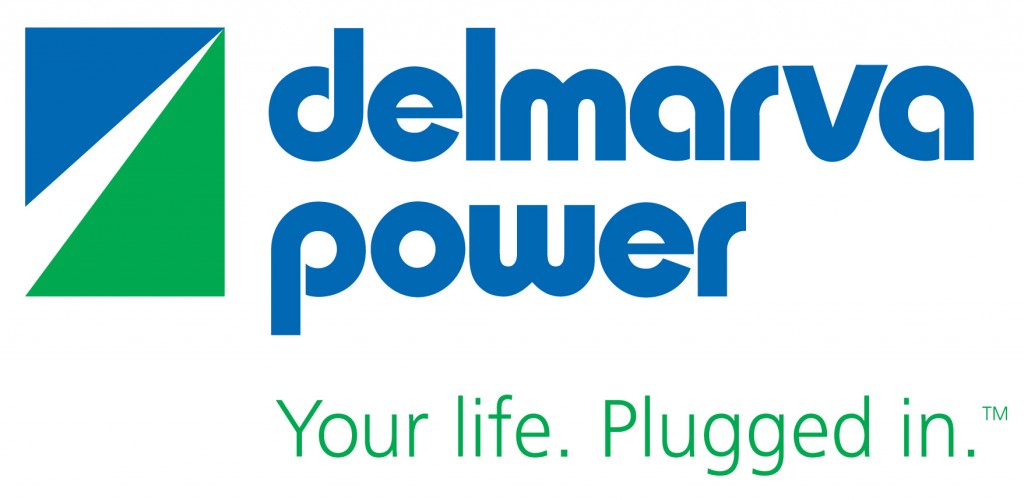Or, Delmarva wants its ratepayers to take on more of the risk of capital project construction while they retain the profits from the use of that project. Via the NJ, they are touting this as an innovative rate approach — one that will allow customers some stability in their bills for a few years:
Under Delmarva’s new plan, the utility and the PSC would agree upon Delmarva’s spending ahead of time, planning four years into the future. Delmarva officials call the plan innovative, saying they are unaware of any other arrangement like this at comparable electric utilities around the country.
Delmarva officials say the plan would give regulators more input into the utility’s spending before it happens. “I think it’s a better process when you all work together on a plan,” said Glenn Moore, Delmarva’s regional vice president.
The plan would reduce what the utility calls “regulatory lag” – the time between when Delmarva spends money, and when the PSC approves Delmarva getting the money back from customers, along with a profit margin.
So. Delmarva charges you more and puts the excess in the bank to fund some future capital spending project. They get the use of your money for some period of time before they spend it AND they get to avoid some of the financing costs. Now, if they build something, they no longer have much incentive to control the costs of this thing, mainly because they have the money. Or part of it — meaning that ratepayer money is at risk and if they overrun the project it is easier to come back to the PSC to beg for more. Who wants an incomplete project? Or worse. Delmarva collects up the money and never does these capital projects. Who makes them give the money back or at least spend on capital projects?
This situation should sound very familiar to you. It is how multiple utilities in the Southeast have allowed funding for new nuclear power plants to happen. Progress Energy (acquired by Duke Energy) in Florida is the poster child of this scheme. They were allowed to place a surcharge on electric bills to pre-pay the construction cost of a new nuclear reactor — increasing electric bills by an average of $50.00 per month. Now, Duke Power is scuttling the plans for that reactor AND they are keeping the money — more than $1 BILLION dollars worth. They claim that this is what they’ve spent to date on a plant that isn’t going to be built. But they will be looking for more money to decommission the Crystal River plant too — $1.65 BILLION dollars worth. But you can see what happens here, right? Ratepayers are on the hook for the cost of the plant (and financing, it seems) and are the ones who take the haircut when the project goes down the tubes. Duke Energy is one of the largest energy holding companies in the US and as of this writing its stock was trading at 66.33 and it is paying quarterly dividends.
Now, Delmarva is asking for $356M here, so we aren’t talking about financing a nuclear plant here. But the Progress Energy story is instructive — they started down a path for a capital project that they got ratepayers to prepay. They decided to not complete that project (for the good reason). No regulator or legislature could make them finish that project (not that anyone wanted it, but still). And the people holding the bag for that changed strategic decision are ratepayers — not shareholders. And for the record, Delmarva is part of Pepco Holdings which is trading at $18.27 as of this writing and it is paying out quarterly dividends.
This risk-shifting by corporations from their shareholders to consumers really needs to come to an end. Delmarva’s advanced cost recovery scheme isn’t especially innovative and all it does is to accelerate the funds transferred from ratepayers to Delmarva without any guarantee of useful capital projects in their wake. Seriously — please contact your representatives and the PSC to tell them that Delmarva can go to the capital markets for their funding like everyone else.
